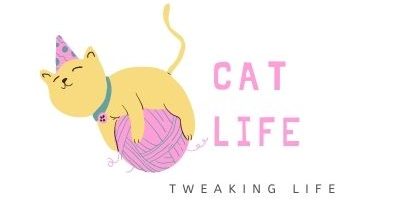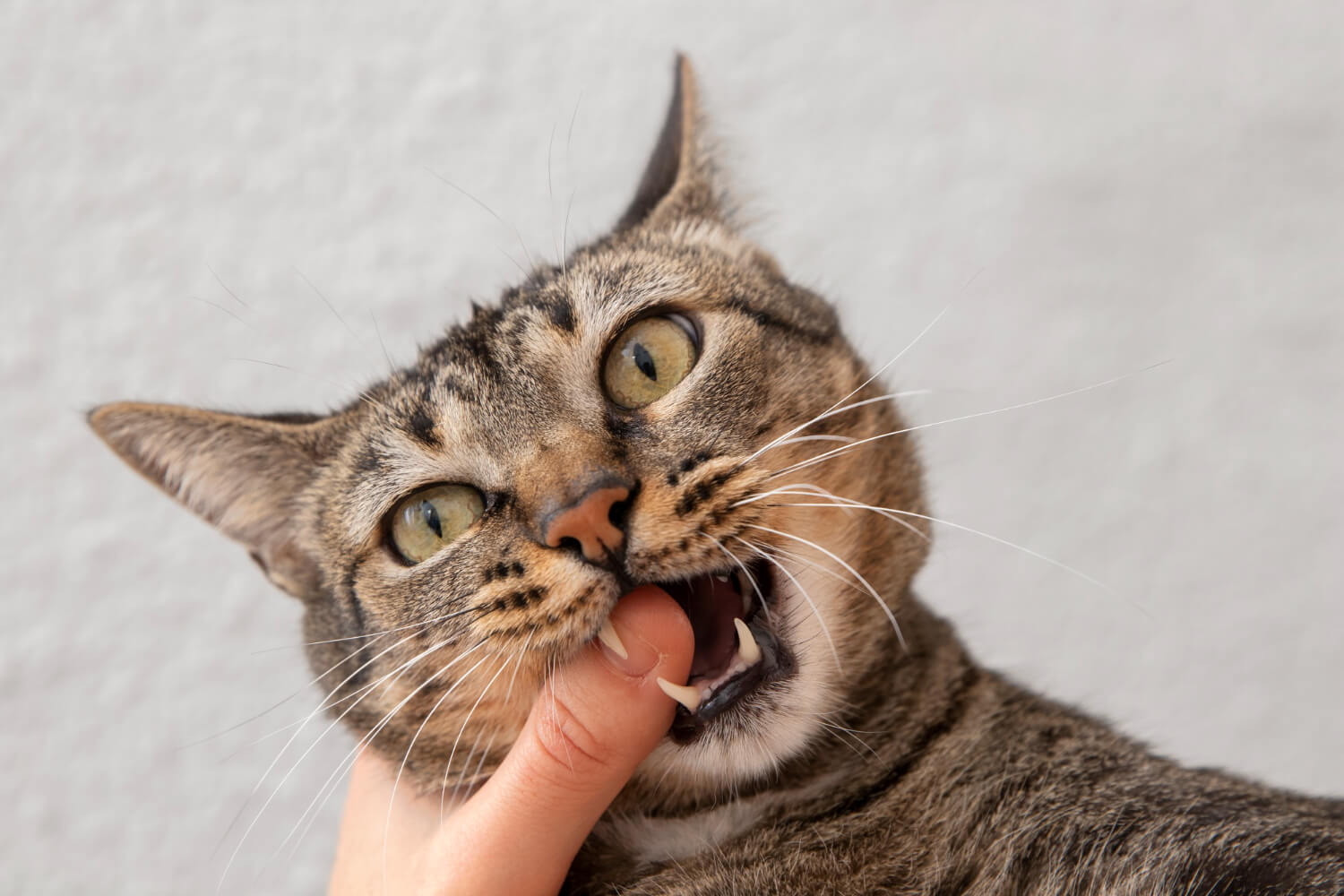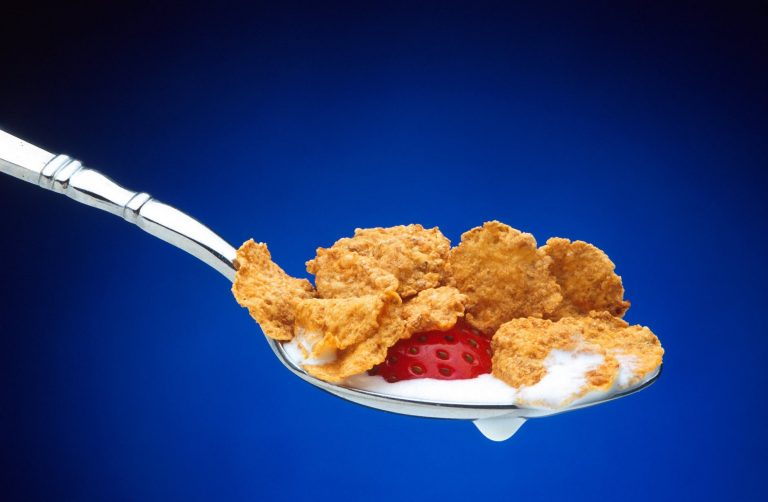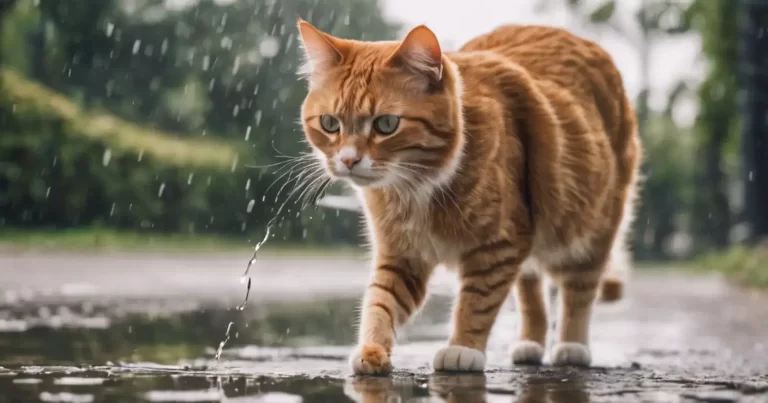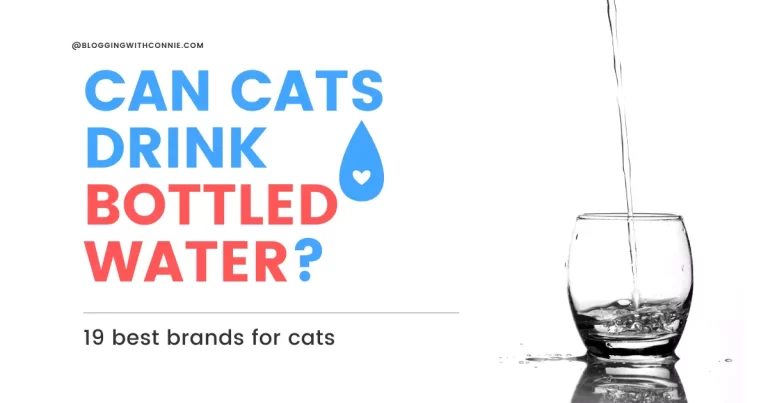Cat Dental Chart: Must-Know Information About Cat’s Dental Health
Cats are notorious for their meticulous grooming habits, but sometimes their oral hygiene needs a little help from their humans.
Regular dental care is essential for maintaining your feline friend’s overall health and well-being.
In this blog I will showcase cat dental charts, a crucial tool used by veterinarians to assess your cat’s dental health. And I will also guide you trough everything you should know about your catto’s dental health.
Key Takeaways:
- Cats have 30 permanent teeth categorized into incisors, canines, premolars, and molars.
- Strategies for maintaining healthy cat teeth include brushing, feeding dental-specific dry food, incorporating dental treats, providing dental toys, and scheduling regular dental checkups.
- Early warning signs of dental problems in cats include bad breath, difficulty chewing, drooling, pawing at the mouth, reduced appetite, and weight loss.
How Many Teeth do Cats Have?
Before delving into charts, let’s explore the basics of a cat’s mouth. Unlike humans, adult cats have a total of 30 permanent teeth. These teeth are categorized into four types, each playing a specific role in chewing and tearing food:
- Incisors (6): These tiny, sharp teeth at the front of the mouth are used for nipping and grooming.
- Canines (4): These prominent pointed teeth help cats puncture and tear flesh.
- Premolars (10): Located between the canines and molars, premolars are used for tearing and grinding food.
- Molars (4): The largest and strongest teeth at the back of the mouth, molars are used for grinding food into smaller pieces.
To visualize these tooth types, refer to the included diagram (insert labeled diagram here). Notice how the teeth are positioned on the upper (maxillary) and lower (mandibular) jaw.
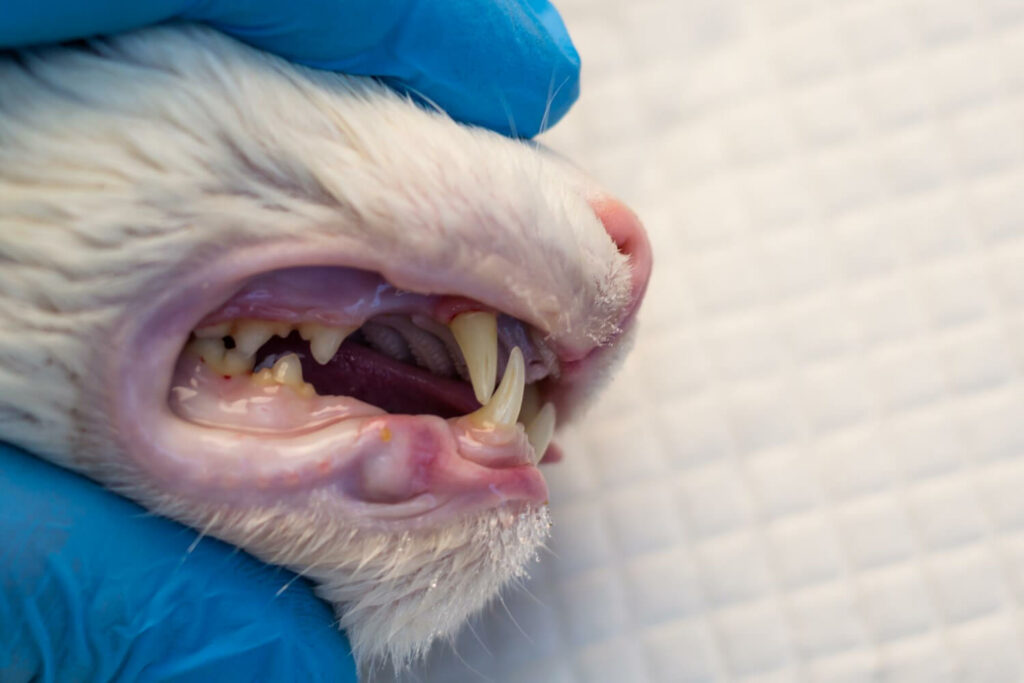
Demystifying the Dental Chart
Now that you’re familiar with your cat’s dental anatomy, let’s tackle the cat dental chart itself. This chart is a detailed record of your cat’s teeth and their condition during a dental examination. Veterinarians use a specific numbering system to identify each tooth. A common system utilizes quadrants, designated as:
- RU (Right Upper): Teeth on the upper right jaw.
- LU (Left Upper): Teeth on the upper left jaw.
- LL (Left Lower): Teeth on the lower left jaw.
- RL (Right Lower): Teeth on the lower right jaw.
Each tooth within a quadrant is further identified by a number, usually starting from the front (incisors) and progressing backward (molars).
Cat Dental Chart
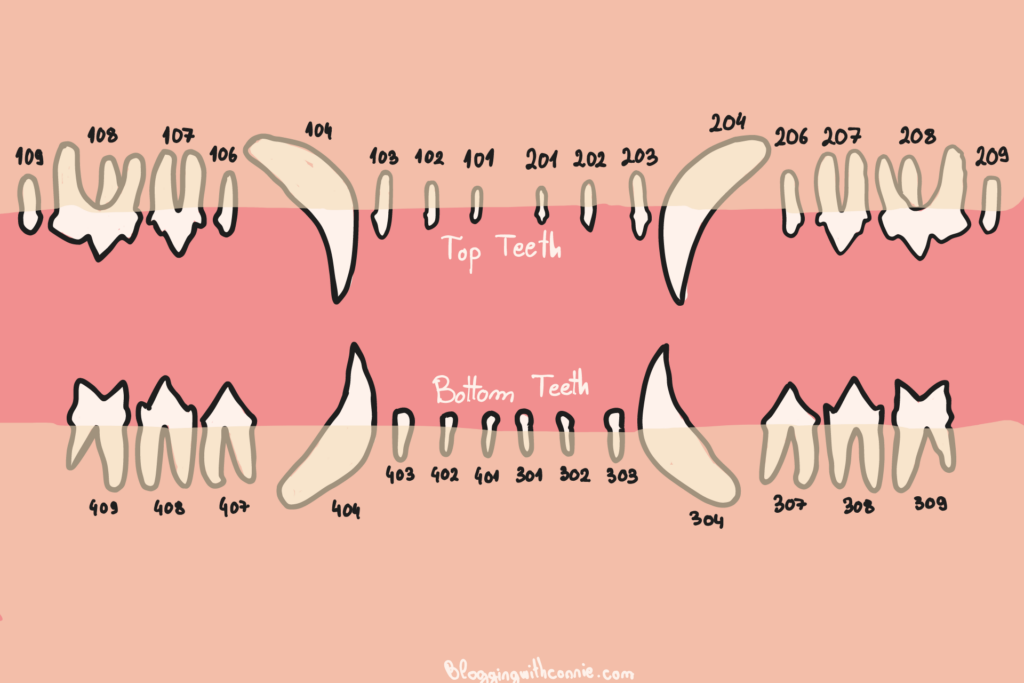
Reading the Dental Examination Findings
The cat dental chart goes beyond just tooth location. It records the veterinarian’s observations for each tooth. Here’s a breakdown of what you might find:
- Normal: This indicates a healthy tooth with no signs of problems.
- Plaque/Tartar Buildup: This refers to the accumulation of soft, sticky bacteria and food debris on the tooth surface. Left untreated, it hardens into tartar (calculus), which can irritate the gums and lead to further issues.
- Gingivitis: This is the early stage of gum disease, characterized by inflammation, redness, and sometimes bleeding of the gums.
- Periodontitis: This is a more advanced stage of gum disease where the inflammation extends below the gum line, affecting the bone and ligaments supporting the teeth. In severe cases, tooth loss can occur.
- Fracture: A crack or a break in the tooth structure.
- Missing Tooth: A tooth that is absent due to extraction or other reasons.
- Other: This category captures any other findings not covered above, such as tooth discoloration, malocclusion (improper bite), or growth.
Keeping Track of Your Cat’s Dental Health
The dental examination findings are recorded on the chart, providing a snapshot of your cat’s oral health at that specific time.
The veterinarian will also include notes on the chart for additional observations, recommended treatments (like dental cleaning), and any future dental care plan.
Maintaining Healthy Cat Teeth
Regular dental checkups and proper at-home dental care are crucial for preventing dental problems and ensuring your feline companion keeps that dazzling smile for years to come.
You can keep your cat’s teeth healthy by brushing their teeth. While not always easy, daily (or at least twice weekly) brushing with a cat-approved toothpaste and soft-bristled brush is the gold standard for preventing plaque buildup.
Start introducing this routine when your cat is a kitten to get them accustomed to it.
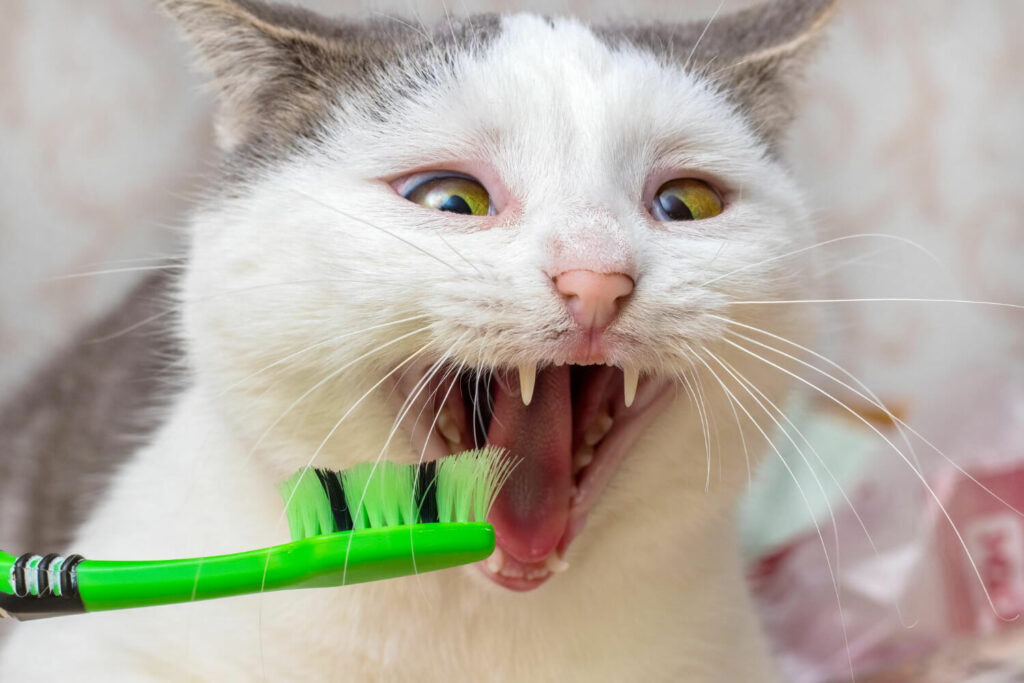
Next is Diet. There’s some truth to the idea that dry food can play a role in dental health. The crunching action of dry kibble can help remove some surface debris on teeth. However, it’s important to clarify that dry food alone isn’t a magic bullet for dental care.
This is a more balanced perspective on cat’s diet and teeth:
- Dental Dry Food: Look for specifically formulated dry food that contains kibble with a rough texture designed to aid in plaque reduction. These kibbles are often larger and require more chewing, mimicking the natural scraping action of bones in a wild cat’s diet.
- Wet Food: While not offering the same scrubbing effect as dry food, wet food can still be part of a healthy feline diet. If your cat seems resistant to switching completely to dry food, you can explore options like adding water to soften dry kibble or using a water additive formulated for dental health.
- Dental Treats: Consider incorporating dental chews or treats into your cat’s routine. These treats are typically designed with a texture that encourages chewing, helping to remove plaque and freshen breathing.
Aside Food and Brushing
- Dental Toys: Provide your cat with safe and stimulating dental toys. These toys often have ridges or textures specifically designed to help scrape away plaque as your cat chews on them.
- Regular Dental Checkups: Schedule regular dental checkups with your veterinarian, typically once a year for young cats and more frequently for senior cats or those with a history of dental problems. These checkups allow for professional cleaning and early detection of any potential issues.
Early Warning Signals of Dental Trouble in Cats
Just like humans, cats can’t tell us when their teeth are bothering them. However, there are some telltale signs that might indicate your feline friend is developing dental problems.
Early detection is important, as untreated dental issues can cause significant pain and discomfort for your cat, and even lead to more serious health complications. Watch out for:
- Bad Breath: This is a common sign of dental trouble in cats. While some level of feline breath isn’t unusual, a persistent foul odor can indicate plaque buildup, gingivitis, or other dental problems.
- Difficulty Chewing: If your cat seems to struggle when chewing their food, they might be experiencing pain or discomfort in their mouth due to dental issues. Observe if they take longer to eat, seem to favor one side of their mouth while chewing, or drop kibble frequently.
- Drooling: Excessive drooling can be a sign of mouth pain or irritation, potentially caused by dental problems.
- Pawing at the Mouth: If your cat seems to be pawing at their mouth more frequently than usual, it could be an attempt to alleviate discomfort caused by dental issues.
- Reduced Appetite: If your cat suddenly shows a decreased interest in food, it could be due to dental pain making eating uncomfortable.
- Weight Loss: Unexplained weight loss can sometimes be a symptom of underlying health problems, including dental disease. If your cat is losing weight and exhibiting other signs of dental trouble, consult your veterinarian.
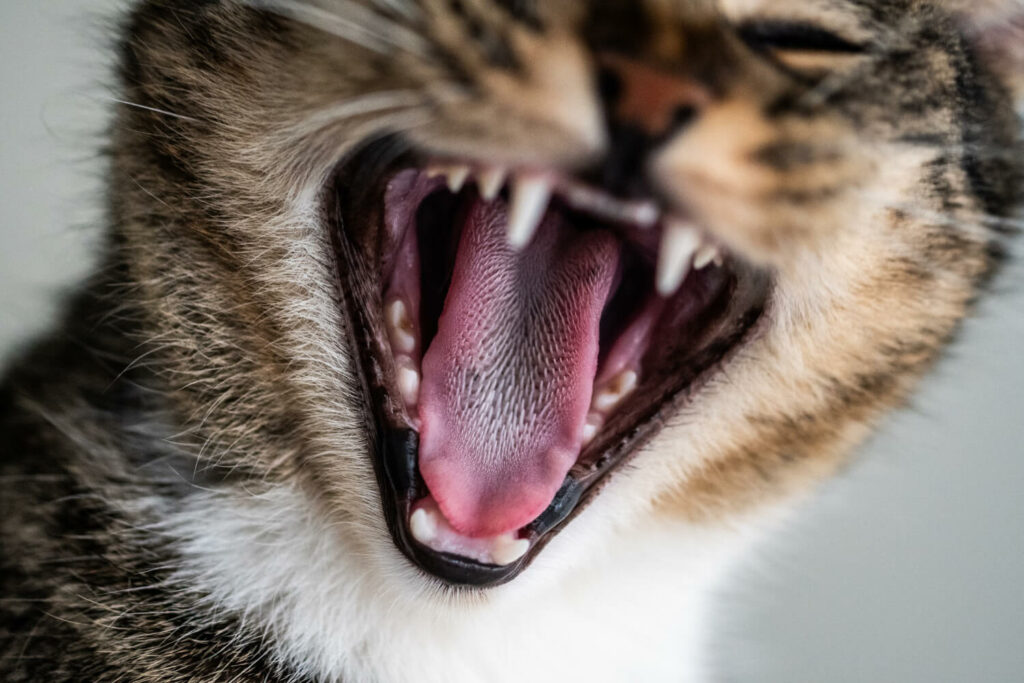
Why Early Detection Matters
Dental disease, if left untreated, can progress from plaque buildup to gingivitis (inflammation of the gums) and eventually periodontitis (infection of the gum tissue and bone supporting the teeth).
Periodontitis can cause significant pain, and tooth loss, and even lead to bacteria entering the bloodstream and affecting other organs. Early detection and intervention are crucial for preventing these complications and ensuring your cat’s overall health and well-being.
Taking Action: If You Notice Warning Signs
If you notice any of the signs that I mentioned above, schedule an appointment with your veterinarian. They can perform a thorough dental examination to assess your cat’s oral health and determine the appropriate course of treatment.
Early intervention might involve a professional dental cleaning under anesthesia to remove plaque and tartar buildup. Depending on the severity of the dental disease, your veterinarian might recommend additional treatments or medications.
FAQ
How many teeth do cats have?
Adult cats typically have 30 permanent teeth, including incisors, canines, premolars, and molars.
What is a cat dental chart, and why is it important?
A cat dental chart is a detailed record of a cat’s teeth and their condition during a dental examination. It’s important because it helps veterinarians assess a cat’s dental health, track any issues, and plan appropriate treatments.
How often should my cat get dental checkups?
Schedule annual checkups for young cats and more frequent visits for senior cats or those with dental problems.
What are some signs of bad teeth in cats?
Watch out for bad breath, difficulty chewing, drooling, pawing at the mouth, reduced appetite, and weight loss, as these can indicate dental problems in your cat. Early detection is key for preventing complications.
Make sure to take a look at some other things that could influence your cat’s health on BloggingWithConnie.
